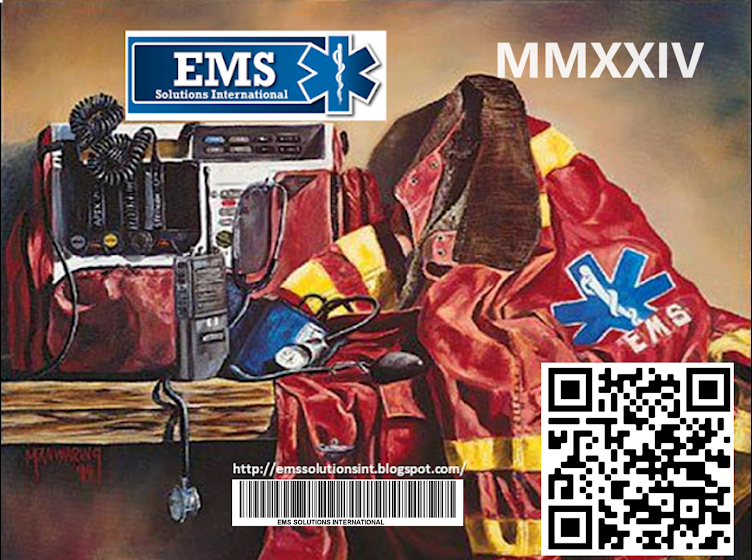Se ha aprobado AED, la llamada 'Ley del Buen Samaritano', la legislación que modifica el uso de dispositivos de salvamento: se excluye la responsabilidad legal de quienes prestan ayuda
Senado, se aprueba la Ley del Buen Samaritano sobre desfibriladores externos automáticos (DEA)
La Comisión de Asuntos Sociales de la Cámara de Diputados está llamada a dar el visto bueno final, pero la 'luz verde' de facto del Senado, que acaba de producirse, es un paso fundamental en el proceso de aprobación de la ley que introduce la 'inmunidad 'para cualquier persona que utilice desfibriladores externos automáticos (DEA) para proporcionar ayuda.
Un fuerte impulso para la aprobación de esta ley provino del Irc (consejo italiano de reanimación) y otras organizaciones científicas y voluntarias.
La inmunidad es la innovación más importante introducida por el proyecto de ley 1441 sobre desfibriladores (Disposiciones sobre el uso de desfibriladores semiautomáticos y automáticos en entornos extrahospitalarios).
Pero la Ley del Buen Samaritano también introduce la obligación de enseñar maniobras para salvar vidas en las escuelas.
AED, Good Samaritan Law: la firme convicción de IRC
En Europa se producen anualmente unos 400,000 paros cardiacos (60,000 en Italia) y se estima que solo el 58% de los casos de los que asisten intervienen con maniobras de salvamento (masaje cardiaco, ventilación) y el 28% de los casos con un desfibrilador.
La tasa de supervivencia es del 8%.
Por lo tanto, las medidas de la nueva ley tienen como objetivo involucrar más a los ciudadanos en los primeros auxilios y brindarles las herramientas para hacerlo: además de los 10 millones de euros para la instalación de DEA en lugares públicos concurridos, la obligación de enseñar maniobras de primeros auxilios en las escuelas , y la obligación de los clubes deportivos de equiparse con desfibriladores, existe, por ejemplo, la obligación de que los 118 servicios de urgencias proporcionen a los ciudadanos instrucciones telefónicas sobre cómo reconocer el paro cardíaco, cómo dar masaje cardíaco y cómo utilizar el DEA. y la introducción de aplicaciones para la geolocalización de DEA.
La ley también estipula que, en ausencia de personal sanitario o no sanitario formado en primeros auxilios, los ciudadanos corrientes que no hayan recibido formación específica también pueden utilizar los DEA.
Muchas de estas innovaciones también están presentes en las nuevas directrices europeas sobre primeros auxilios recientemente actualizadas y publicadas por el European Resuscitation Council (ERC), del que IRC es miembro, en base a las recomendaciones del International Liaison Committee on Resuscitation (ILCOR).
Irc ha editado la traducción italiana del documento.
Por tanto, la nueva ley sitúa a Italia a la vanguardia de la reforma de los primeros auxilios.
Italia, Aprobada La 'Ley Del Buen Samaritano': 'No Punibilidad' Para Cualquier Persona Que Utilice Un Desfibrilador DEA By Cristiano Antonino On Jul 29, 2021
















